Buds
roseseek
9 years ago
Related Stories

Houzz Gifts: 11 Great Finds for Budding Chefs [Video]
With these tools and kitchenware from the Houzz products section, a beginner cook can feel like a pro
Full Story
HOW TO PHOTOGRAPH YOUR HOUSE7 Pro Lighting Tips for Budding Home Photographers
Learn how to control daylight and artificial light to get high-quality home photos even if you're just starting out
Full Story
THE ART OF ARCHITECTUREToys to Inspire Budding Architects and Designers
Frank Lloyd Wright’s blocks, cards by Eames and more toys from around the globe tap into kids’ imaginations and build skills
Full Story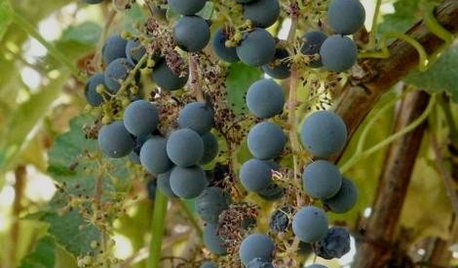
GARDENING GUIDESGreat Design Plant: Try California Wild Grape for Interest All Year
Sure, it’s stunning in fall. But the spring buds, summer grapes and gnarled winter vines are gorgeous too
Full Story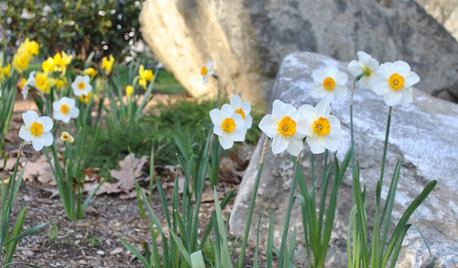
GARDENING AND LANDSCAPINGSpring Blossoms Burst Into the Big City
Warm weather has lured busloads of gorgeous flowers to New York, from shy buds to full-blown blooms
Full Story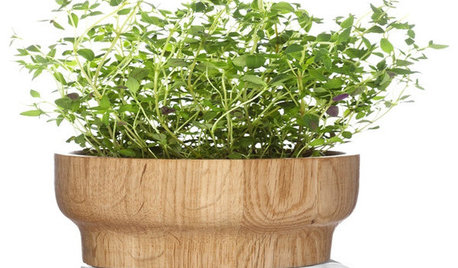
PRODUCT PICKSGuest Picks: Catch Spring Fever in the Kitchen and on the Table
Let zingy colors, budding plants and more freshen your cooking and eating spaces to match the new season
Full Story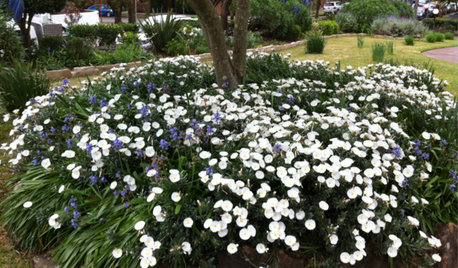
GARDENING GUIDESGreat Design Plant: Convolvulus Cneorum
Bush morning glory’s silvery foliage is transformed every day as pinkish buds open to reveal white flowers
Full Story
PRODUCT PICKSGuest Picks: Robot Love
This funky robot decor will inspire budding engineers and give your home a techie-chic touch
Full Story
HOUZZ TOURSHouzz Tour: Flexing New Design Muscles on a Vermont Lake
A budding architect gets to build the home of her choice in an idyllic setting — and live there too
Full Story
Guest Picks: Give Your Home a Helping of Spring Greens
Celebrate garden growth with this collection of housewares and gardening gear in the shades of budding plants
Full StorySponsored
Professional Remodelers in Franklin County Specializing Kitchen & Bath
More Discussions








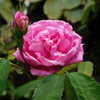
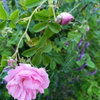

buford
hoovb zone 9 sunset 23
Related Professionals
Hershey Landscape Architects & Landscape Designers · North New Hyde Park Landscape Architects & Landscape Designers · Clermont Landscape Contractors · Frisco Landscape Contractors · Manchester Landscape Contractors · Alpharetta Landscape Contractors · Chelmsford Landscape Contractors · Kahului Landscape Contractors · New Cassel Landscape Contractors · St. Louis Landscape Contractors · St. Louis Landscape Contractors · Claremont Swimming Pool Builders · San Dimas Swimming Pool Builders · Sunny Isles Beach Swimming Pool Builders · Littleton Siding & ExteriorsroseseekOriginal Author
portlandmysteryrose
annesfbay
seil zone 6b MI
roseseekOriginal Author
Kippy
gothiclibrarian
roseseekOriginal Author
roseseekOriginal Author
seil zone 6b MI
roseseekOriginal Author
Seeingreen
Glenburn
roseseekOriginal Author
roseseekOriginal Author
porkpal zone 9 Tx